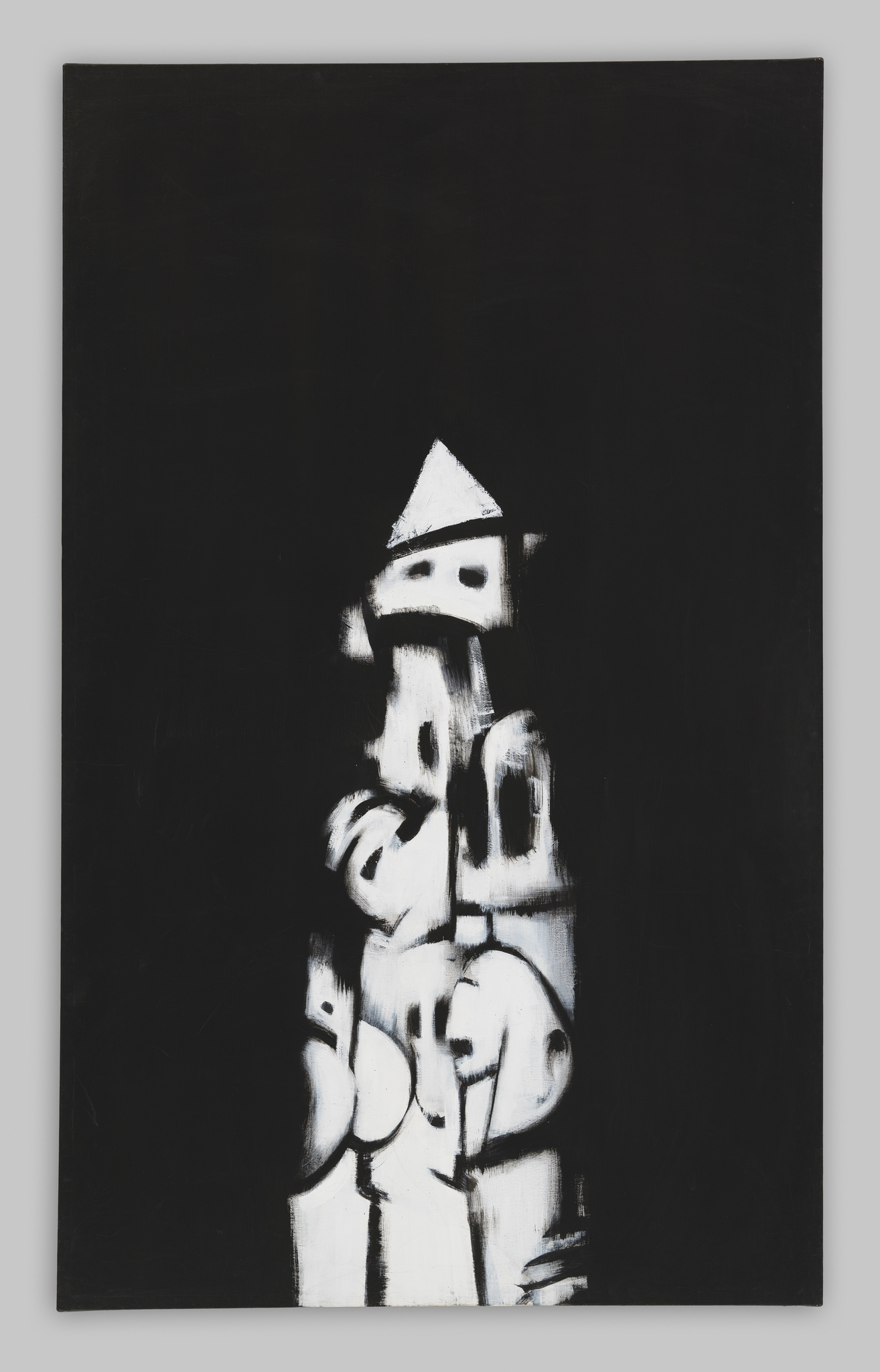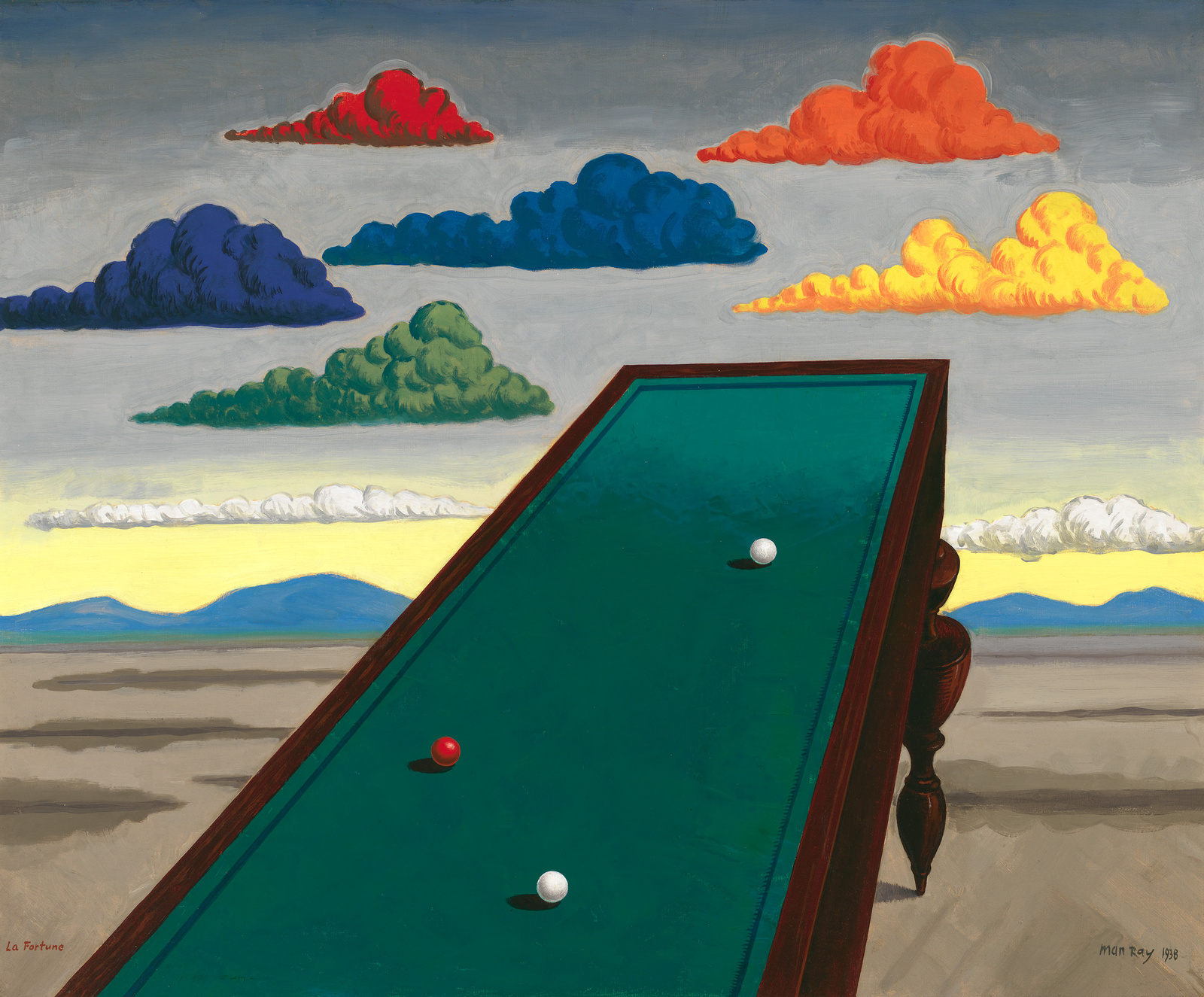Norman Lewis, American Totem, 1960
Dec 5, 2019
0:00
Norman Lewis, American Totem, 1960
0:00
Narrator: Norman Lewis called this painting American Totem. You’ve probably heard of totem poles, sculptures made by the Indigenous peoples of the Pacific Northwest. But a totem can be anything that a group of people find spiritually meaningful, and use as a symbol of their identity. Usually, we think of a totem as being an animal or an object—something pretty easy to identify. But if this painting is a totem, it’s a pretty abstract one. A lot of its meaning lies in the shapes, and how Lewis chose to paint them. One thing you might notice is that some of the white forms fade into black, so it’s hard to tell where their edges are—which creates a sense of mystery. You could also observe Lewis packed a lot of irregular shapes into a tight outline. This might create a feeling of tension.
There may be some recognizable imagery in this painting. The two forms at the top look a bit like eyes peering out from beneath a white hood. Together they look like the costumes worn by the Ku Klux Klan, a violent white supremacist group. Lewis was an African American painter working at the height of the Civil Rights movement,which fought for racial equality. He believed that he could use abstraction to communicate his experience—including the frustration of being a Black man in segregated America.


